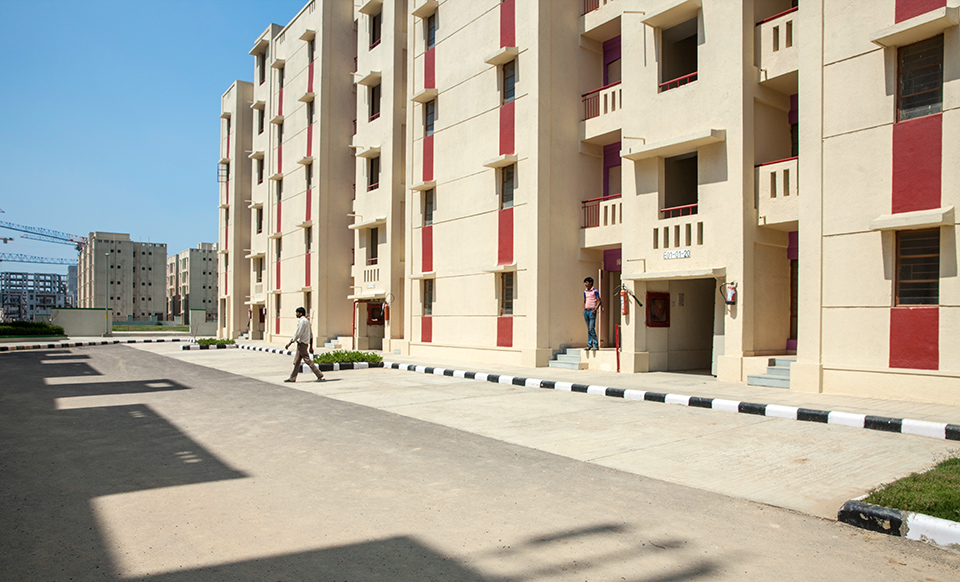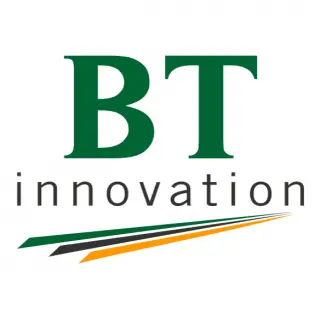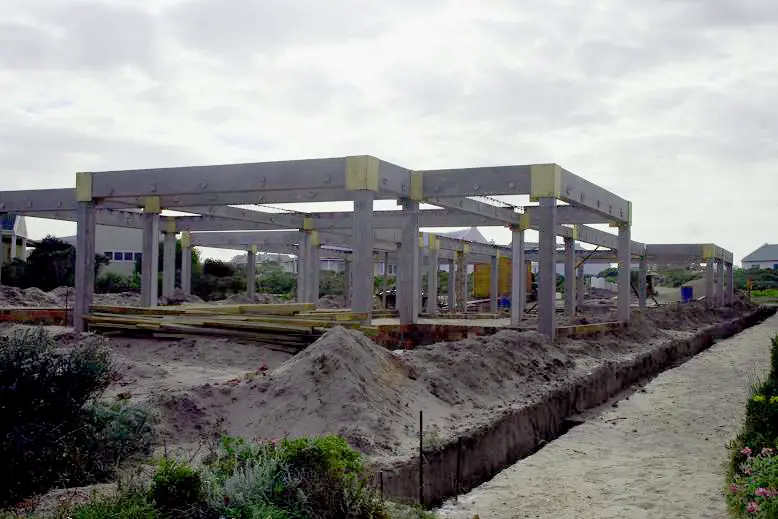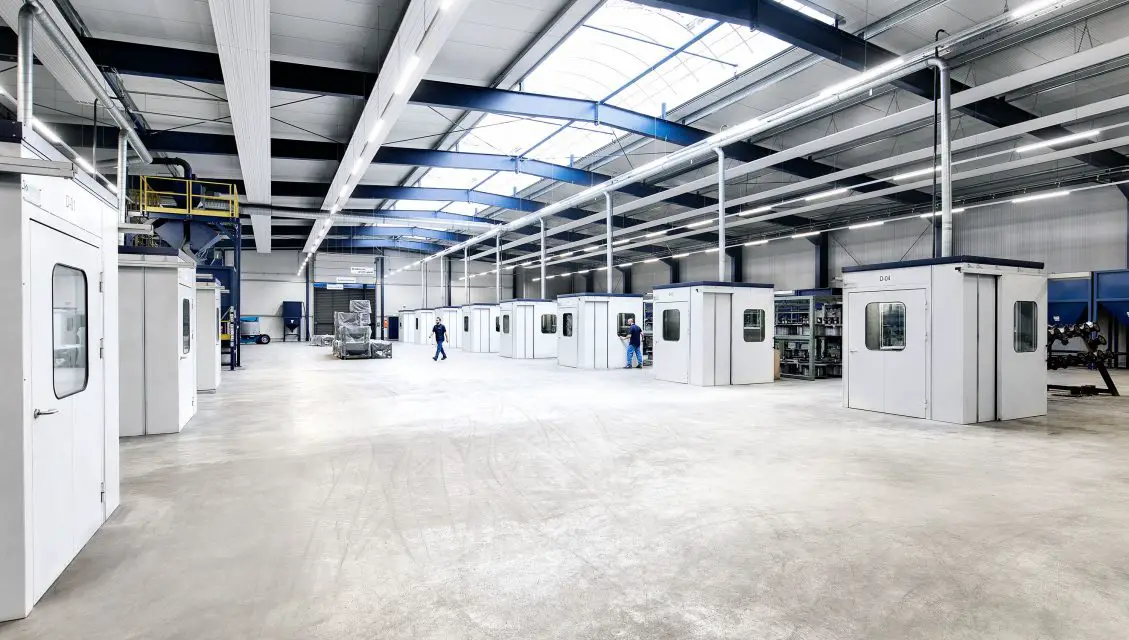Rapid population growth is leading to a major demand for new infrastructure in many large cities in Africa, which all have a housing shortage of tens of millions of apartments. People need safer and more comfortable places to live, and prices need to be reasonable. Precast construction is a cost-efficient, fast and sustainable building technology for large housing projects that doesn’t compromise on quality.
Housing has become a big problem in Africa’s rapidly urbanizing areas and according to Mohammad Daei of B.T. innovation GmbH in Germany, it is clear that for a large deficit in housing, there has to be a mass production solution, benefiting from economy of scales, lessons learned, and best practice approaches.
B.T. innovation as an international supplier of precast technology believes that by delivering the technology, not only stable and safe houses are built, but also the value creation chain is kept inside the countries. Jobs are created and local resources are deployed.

The growing urbanization happening everywhere demands leaders in Africa to invest in infrastructure, such as in roads, drainage and sewerage.
Concrete pipes for drainage and sewerage is an area where modern precast technology can reduce the cost of infrastructual products by increasing productivity, increase safety and improve quality.
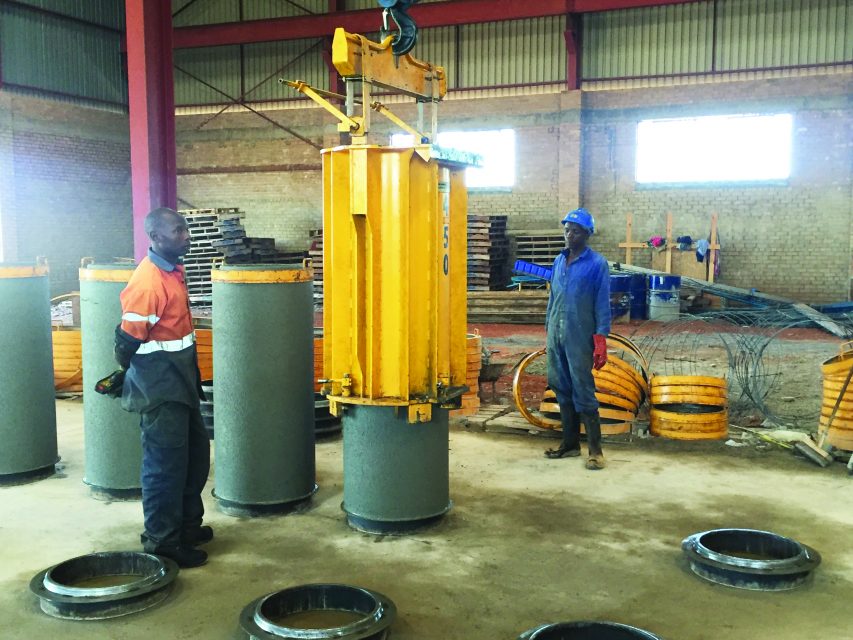
According to Torben Mørch, Sales Manager and Director of Global Marketing, at HawkeyePedershaab, the demand for infrastructural precast concrete products is derived by public spending in roads and sanitation. The governments in Africa will hopefully put even higher focus on infrastructural development – and by utilizing modern precast technologies the governments will get the highest value for money.
A modular and efficient building system
Precast is a modular building system based on ready-made, factory-manufactured components and intelligent connections. It provides a way to design and construct a sufficient number of suitable homes to meet the needs of city dwellers in a reasonable time-frame and at a reasonable cost.
According to Mohamed Abbas of Prefa Technologies a.s, it is a smart and industrialized way to construct cost-efficient buildings. The competitive and proven precast solutions result in controlled quality, along with a long service life and low maintenance costs, and flexibility in design.
The Prefa Technologies a.s. is a supplier of technological lines and molds for production plants of precast concrete construction elements,
Compared to traditional cast-in-situ, precast uses less cement, water, steel, and labor. Most of the work is transferred from the site to a safe and controlled, automated factory environment. This results in improved productivity and minimal logistics: precast products can be transported to a site ready-to-install.
Slow uptake of the technology
Precast concrete is widely used in the form of a hollow core decking systems installed with cranes; however, according to Malebusa Sebatane Group Marketing & Communications Manager at Rocla, sticking to traditional ways of doing something has also led to slow uptake of technology in Africa as people are reluctant to use or test new technologies.
“More awareness and education is needed on the benefits of using precast concrete,” said Sebatane.
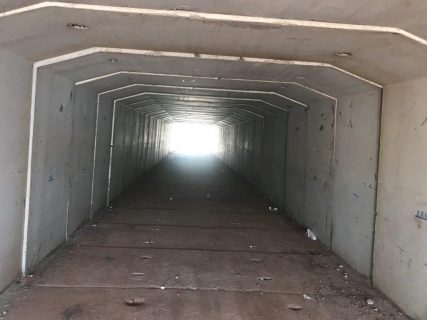
According to Dr.-Ing.Gregor Zimmermann, CEO of G.tecz Engineering GmbH, raw materials are becoming more and more important and in some cases are becoming rarer. At the same time, the demands on material and product quality are increasing. The ecologically and economically sensible use of raw materials and also recycled raw materials in the construction industry is gaining in importance.
“The aim is to use raw materials with little effort to improve the properties of concrete products or even to implement new product solutions for the local market. By using their own resources and offering innovative products, such as prefabricated parts made of insulating lightweight concrete for the construction of affordable residential buildings, the sustainability of the companies and their value creation for society increases,” said Dr.-Ing.Gregor.
G.tecz Engineering offers experienced and comprehensive know how and advisory for a wide range of concrete technologies, machinery technologies as well as concrete business needs. We can help you to innovate, work smarter and reach your goals. You are invited to look at the professional services.
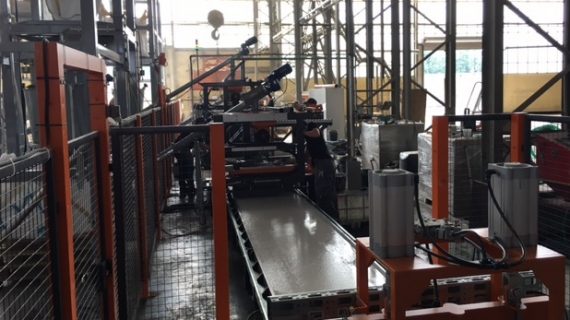
Moreover, skilled labour is another problem. Alessandro Pellizzari, Chief sales officer at Schiaslo-Spil in Italy, mentions that lack of skilled labour in some African countries contributes to the lack of quality in the final product. In line with this Clotilde Angelucci of Cobute in South Africa advises that there should be considerations of social responsibility and transfer of skills on site.
“Under this approach, the precast concrete technology with manual installation could be the key of transformation; in fact it could address issues such as unemployment and lack of skills in the sector, and therefore enhance economic development through the creation of a skilled mid-working class, with a stronghold in the market,” he adds.
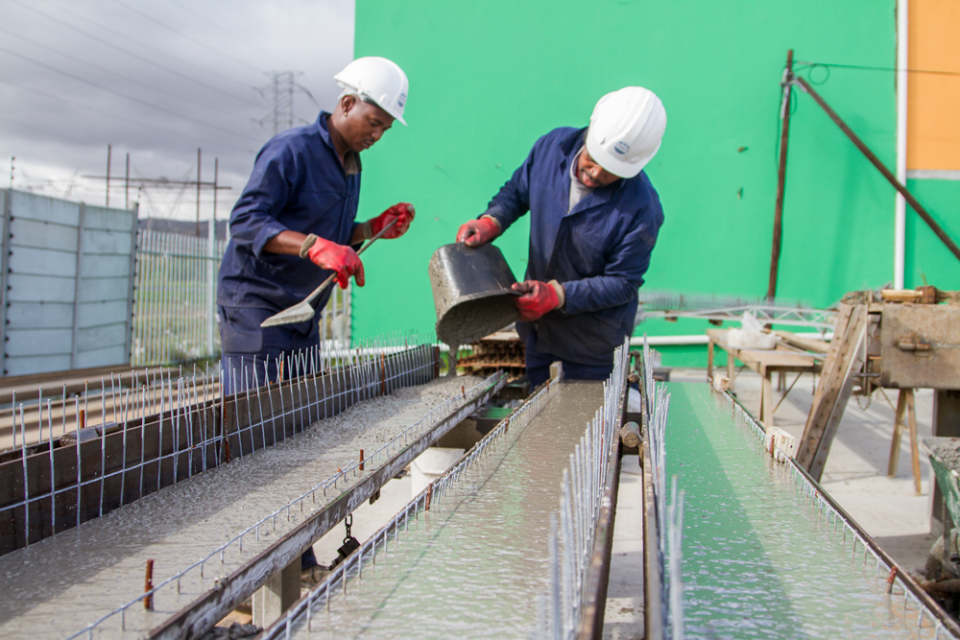
Furthermore, this will help to change the consumers’ perspective of the product since they can attest to the product’s quality through sampling of completed projects done using precast concrete; this is according to Berkayçiğdem, Marketing Manager of Fiberton.
Dirk Heuer Sales Manager of Avermann, emphasizes that for a client to enjoy the advantages of precast technology, it is necessary to put some thoughts into a concrete precast plant, before it will be set up.
“On the one hand the client must know where his market is and what kind of concrete precast products he wants to sell, e.g. solid walls, floor slabs, stairs, girder or else.
On the other hand, it is beneficial to think about the layout of the precast plant. Should it be a high automated plant for a high value of standardized concrete products, or is a plant more beneficial, when it is not high grade automated and allows to produce not only standard products but thus customized concrete products.
Therefore, it is mandatory to have an idea of the area, where to erect a concrete precast plant. Will there be construction sites now and in future? Is there labor, skilled and semi-skilled, available? And finally, is there a budget available? We at Avermann recommend a layout for the concrete precast plant, which allows an easy upscaling is several steps. These plants will start with a basic layout and are extendable according to the growing business in several steps.”
Avermann has been in the precast concrete industry for more than 70 years, offering Consulting services in Plant design and engineering, own Development and construction, Mechanical and electrical engineering, Manufacturing of machines and equipment.
Furthermore, Avermann offers the modernisation of existing plants, Project management, Assembly and commissioning and Customer service.
On the optimistic side, Nina Weber, Marketing & PR at Precast Software Engineering says that future standards of the precast concrete industry is being shaped and believe that interoperability is the key to success.
“Today, the market demands software that merges all running processes into a single effectively functioning unit for high-quality, industrialized precast element design. Such precast applications which Precast Software Engineering also offers guarantee optimum, error-free results using the combination of two strong tools combined with a strong customer centricity,” said Nina Weber.
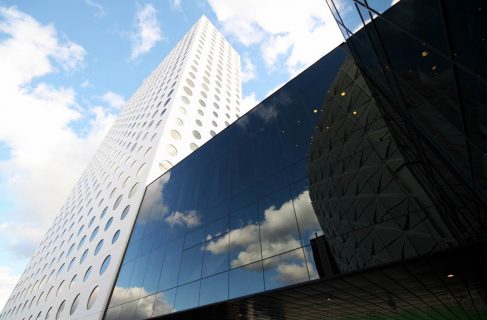
Other factors that need to be looked into to encourage the uptake of precast technology in Africa include:
Lack of knowledge
Lack of exposure and inexperience with the design of precast concrete is a huge factor for lack of precast concrete use in Africa.According to Dr. Ing Ingo Spohr of Gericon from Germany, a dealer in integrated design and consulting services with regard to the industrialized construction of buildings; offering modular service packages for each stage of the design and building process, lack of comprehensive knowledge about the precast technology, a detailed awareness about the needed integrated processes which are required in industrialized construction as well as the advantages and restrictions of this construction method brings about misconceptions which discourage developers from using the technology.
Moreover, there is the need to understand that, construction with precast concrete elements alone is no guarantee of success in terms of cost and time saving. Mr. DietmarKiene of WeckenmannAnlagentechnik GmbH. KG from Germany, a manufacturer of precast concrete machinery; mentions that, what’s decisive is that the planning is tailored optimally to the respective boundary conditions which naturally includes the choice of suitable manufacturing method. Simple production methods are cost efficient and customized investments in mould/machinery are the key for successful production of concrete elements. The Mobile Battery Mould from Weckenmann is the solution to have a unique technology for precaster.
What’s decisive is that the planning is tailored optimally to the respective boundary conditions which naturally includes the choice of a suitable manufacturing method.
Additionally, Krampeharex’s Product and Business Developer Manager, Wilhelm Nell comments that there is the need to show the benefits and references in order to bring out all the advantages during training. “The local precast companies must understand the process and the handling. For example, when it comes to tunnels the big international construction companies are the ones involved in these projects because they already know the material. A precast production for tunnel lining segments is a kind of training local companies need to go ahead with this technology,” he adds.
These training sessions can be aided by the use of presentations and technical meeting; as Simone Dondi, General Manager of Bianchi Casseformes.r.l comments.
Lack of standardization and government support
Understanding the potential of precast industry, many Western countries have established organizations to promote precast concrete construction and to disseminate information through a range of industry representations.
These organizations provide several free resources to aid architects, engineers and other stakeholders in planning, designing, constructing and maintaining precast concrete structures. For example, Precast Concrete Institute PCI has descriptive architectural resources (Aesthetics, finish forms and colors, design details and texture selection guide), building engineering resources (Design for fire, seismic resistance, blast resistance and connections), transportation engineering resources and sustainability resources to help the designers.
These systems over the years have also supported the precast concrete industry by providing standards for production, certification programs, technical know-how and educational opportunities.
According to George Tallam of Technocast a Pan-African precast producer, presently, most African countries do not have appropriate standards for shapes and sizes of precast elements, their transportation, handling and erection processes. “The magnitude of construction done today by precast method is so low that African governments have not paid much attention towards making regulatory bodies committed exclusively to expand precast usage and provide designers and contractors with requisite technical information,” he adds.
The successful implementation of precast concrete projects require careful planning and collaboration among the client, architect, engineer, precaster and contractor segments With a reference guide in-place, standard details would enable better design, integration and coordination, resulting in better project management. A standard also improves the health and safety environment, adds value for money, offers increased profitability, enhances quality and reduce defects. In the current construction scenario, establishing standards for design and production would be an initial step in enriching confidence in end-users and contractors towards precasting.
Non-availability of tools and equipment
Tools, technology and equipment are vital drivers for any manufacturing industry. Many tools required for precast joints and connections are currently imported. According to Topi Piaananen, CEO of Peikko Group Corporation, precast concrete requires investments into tools and equipment. However, an increase in stock of these tools increases the working capital of a firm which leads to a dilemma on the amount to be stored according to George Adamis, Sales director at Eurobend

In that regard, Mr. Dinesh Vikeria of Warren Enterprises in Kenya mentions that, modern technology and latest equipment are quite limited in Africa. For example, the Non Destructive Testing (NDT) equipment which can scan and display the grout conditions in structures and depict the status of grout instantly. “The transporting and lifting equipment also are not in enough supply to support the precast industry,” he affirms.
Clearly, the availability of these tools and equipment is intertwined with the growth of the precast concrete market in Africa. Growth of the market will give confidence to local companies to stock these tools and equipment.
However, according to Mathias Kasten Area Sales Manager of PROBST GmbH, handling of the elements also has to be made simpler. Without the right tools handling of the elements will result in heavy-duty work, in some cases it will not even be possible to handle the parts without the right tools.
“Handling the heavy precast elements efficiently and safely greatly contributes to savings in time and money, while allowing the workers to complete larger projects in shorter periods of time. Probst clamps therefore make a substantial contribution to the work safety and profitability of projects,” said Mathias Kasten.
More than ever before, enhancing affordable housing in African is emerging to be an enormous challenge that African countries are grappling with. The situation has been exacerbated by the cost of construction material, which is exorbitantly high in many countries. Construction materials can take over 60% of the whole construction cost.
Africa should adopt this intensive and extensive innovation and technology in a bid to significantly reduce the cost of materials and building processes. Modern precast technology is one of the most efficient ways to build high-quality houses that are affordable.
High investment cost
Producing precast concrete elements brings with it a lot of costs and effort in the early stages. StruSoft’s Team Manager Nikolaj Stephansen, points out that factories need to be set up, supply chains need to be in order., machines, equipment, and not the least software for running the factory also need to be present. “This might hindered the African market from starting up.”
Joerg Reymann, Managing Director of RATEC, an innovation leader in magnetic formwork technology for the precast concrete industry, believes, that to some extent it is the high investment cost for setting up a complete precast concrete production plant, while the according demand from market side is not exactly predictable.
“Precast is on the rise in general, but it also requires a lot of effort in the pre-planning stage, including the architectural concept, preplanning of all installations and logistics. The engineering process before actual construction is a prerequisite and includes according cost for the engineering and know-how,” said Joerg.
It pays off to make the investment, but it definitely is a hurdle, especially as long as the method is not the common construction standard in a region.
“Precast is not just a construction method, it starts with the design process and architectural planning etc. It gets feasible trough economies of scale and optimization of house design and production process,” added Joerg.
Influencing and changing building codes, training plant staff on production of high quality concrete products is one way Terri Grulke, Director of Advertising at Besser Company, a USA based company with 115 years of experience in the precast concrete industry, believes will encourage more use of precast concrete in Africa.
“This include; concrete masonry, hardscape, pipe and precast, and insuring the availability of a consistent supply of raw materials are critical components of creating a healthy market for concrete products,” said Terri Grukle.
